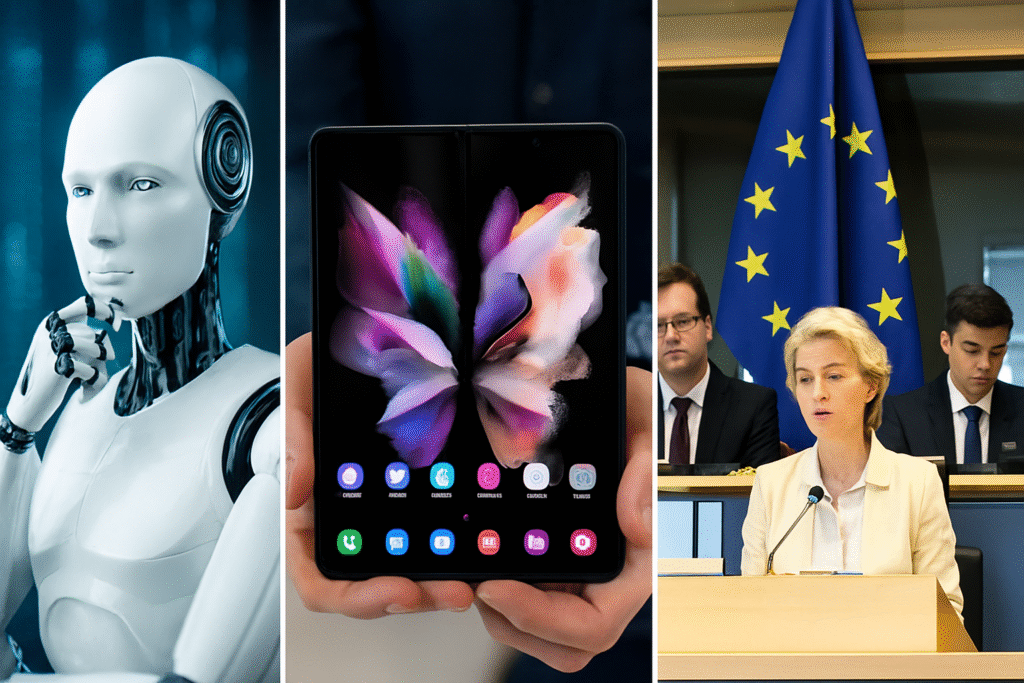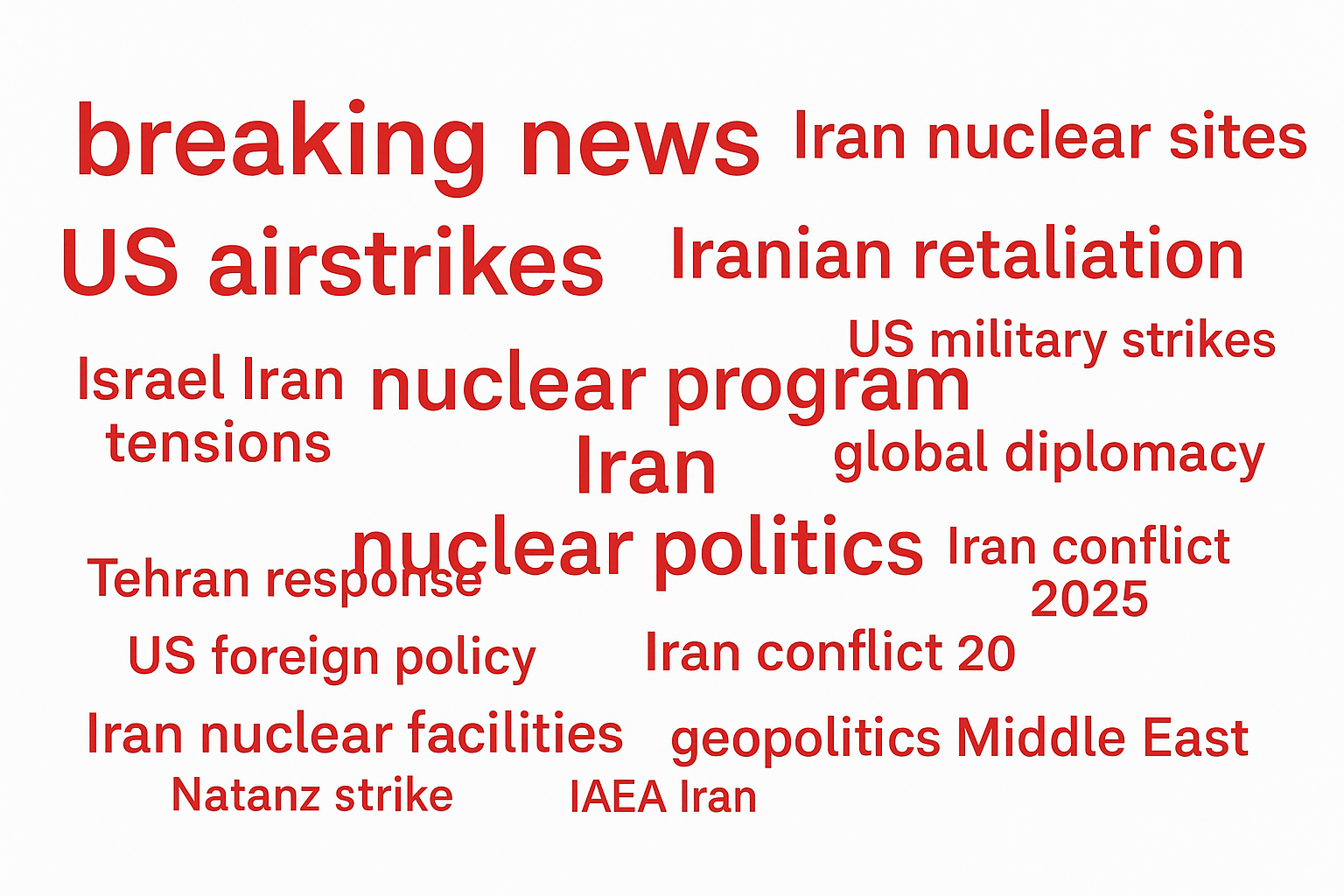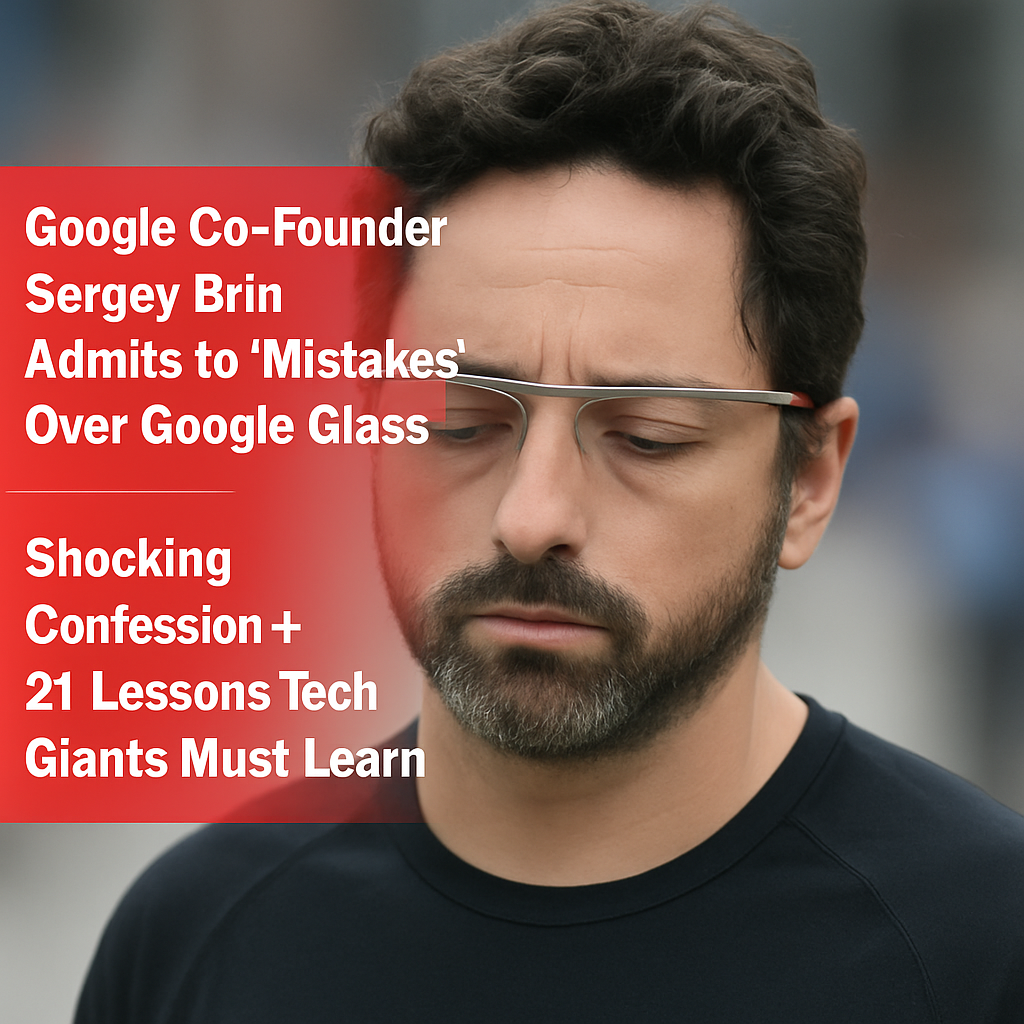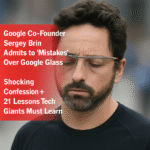A New Look at How Android XR Will Bring Gemini to Glasses and Headsets + Revolutionary Impact + 15 Insights
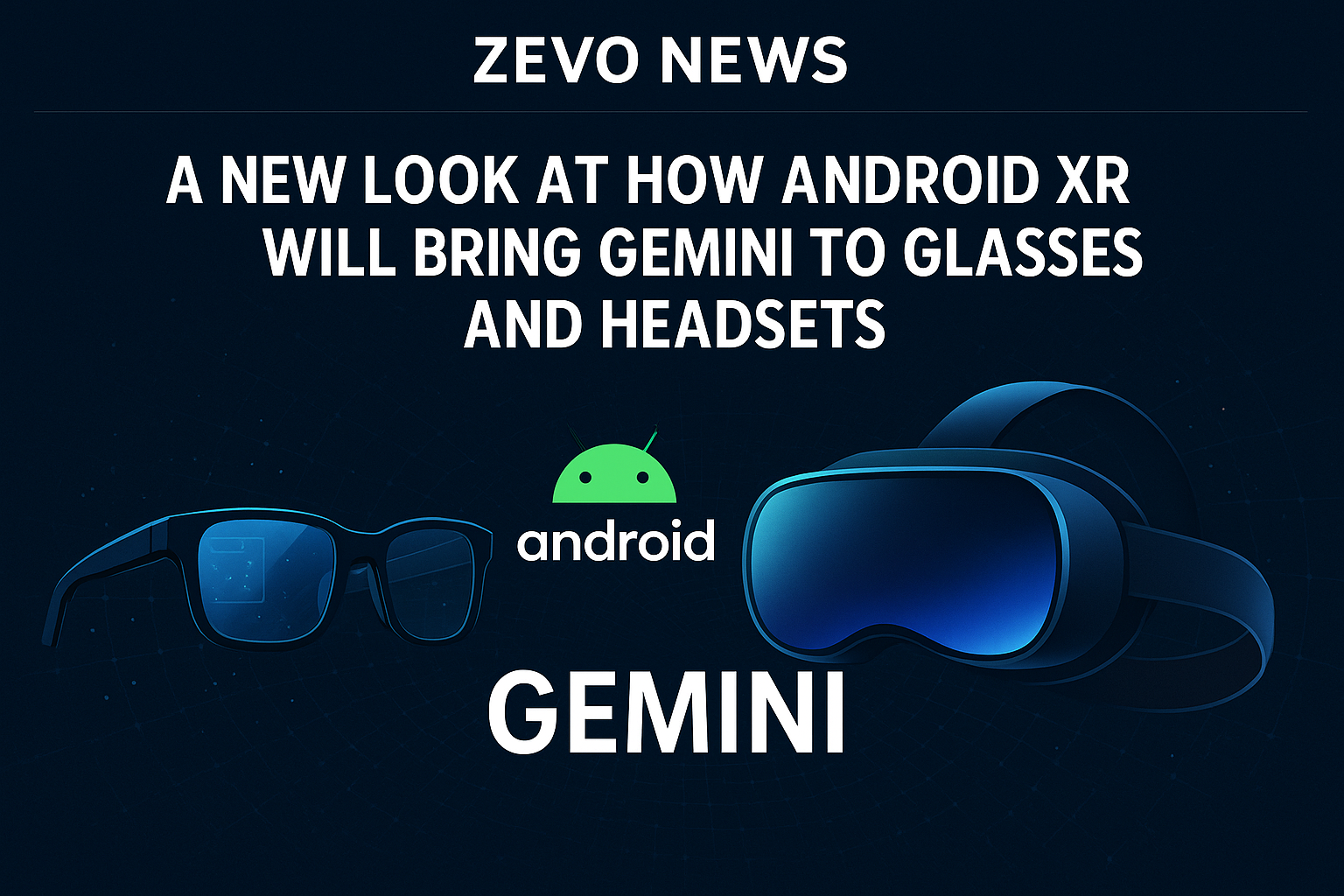
Android XR will lead the technology sector in 2025 as Google releases a groundbreaking new vision of wearable technology with its current innovative breakthrough — an endeavor named Project Gemini. Android XR, under Google’s umbrella name for extended reality (better known as XR), is the advanced operating system platform allowing for the development and implementation of immersive applications specifically for headsets and smart glasses. Project Gemini advances these innovations further, introducing an additional layer of artificial intelligence-driven interaction, bringing the user experience to new heights.
Google’s strategic move to integrate Gemini into the Android XR platform is so much more than an incremental feature add or upgrade. This move begins a new era in which AI-powered wearable technology is about to break through, ushering in an era in which the future holds unencumbered and efficient integration of machine learning powers, augmented reality, and contextual intelligence that responds smartly to user demand.
The History of Extended Reality in Android
The XR adventure started small. From Daydream to Google Cardboard, Android has been trying to make a name for itself in immersive tech for years. But with Gemini, Wear OS, and ARCore, Google finally has a unified XR strategy.
Key milestones:
- 2016: Daydream VR introduces mobile-optimized XR
- 2018: ARCore released to support mobile AR experiences
- 2023: Android XR SDK announced at Google I/O
- 2024: Gemini AI beta testing on Android XR prototypes
As XR hardware continues to develop, Android is the software foundation, providing cross-device intelligence that adjusts to work and play.
What is Gemini and Why Does it matter?
Gemini is Google’s answer to the cutting-edge tech embodied by OpenAI’s GPT and Apple’s Siri+. This groundbreaking system is an AI multimodal model, i.e., it potentially has the ability to comprehend and process different kinds of inputs, such as text, voice, visual, and even contextual environmental inputs.
The primary characteristics that define Gemini are the following:
Multilingual support for text and voice
Natural flow of conversation
On-device AI processing
Contextual awareness (where, when, what the user is doing)
Integration with Google Search, Maps, and Google Workspace
In the world of XR, Gemini is your smart AI copilot, effortlessly interpreting and understanding what you are currently viewing and interacting with — and actively providing help along the way. Imagine this situation: while walking through an interesting museum, your smart goggles softly speak to you, “Would you like to learn more about this specific artist?”
How Android XR Platform is Empowering and Defining the Future of Wearable Technology on a Large Scale
XR in Glasses: Natural and Seamless Combination of Vision and Technology
Smart glasses are no longer science fiction. Android XR enhances them to be even smarter with live visual overlays.
Some examples of functionality enabled by the union of Android XR and the Gemini platform:
Instant and seamless translation of foreign text you can see on your screen.
Visual navigation (street arrows in your line of sight)
Live video conferencing with transcription
Initiated health alerts presented through the deployment of sophisticated biometric sensors
XR in Headsets: Improving Performance and Immersion
Headsets are complemented by Android XR’s low-latency rendering and 6DoF (six degrees of freedom) feature. Gemini goes a step further by transforming interactions into conversational form rather than physical.
Gaming, engineers, and designers will all stand to benefit hugely from the huge synergy of the marriage of artificial intelligence and extended reality, especially if such technology is enhanced further by the kind of support offered by cloud computing and UWB, or Ultra Wideband technology.
Gemini AI Integration: The True Game-Changer
Gemini is not just an assistant that is meant to get things done — it is a real partner that works with you.
Natural Language Processing in XR
With Gemini’s NLP, clients can ask questions about what they are looking at, for example:
What is this milestone?
“Who is talking in this meeting?”
“How much total caloric value is there in this specific food?”
The XR device doesn’t simply hear — it comprehends and then acts accordingly.
On-Device Intelligence and Edge Computing
Edge AI is a major decrease in dependence on cloud services. The Gemini system, when run locally on devices, ensures faster response times, stronger privacy safeguards, and the capacity to operate even in the absence of an internet connection.
This is particularly helpful in settings such as:
- Factories (where connectivity is restricted)
- Healthcare (where privacy is of most concern)
- Field operations (oil, geology, agriculture)
- Developers’ Role in Creating XR + Gemini Experiences
- Google is coming out with new Android XR tools:
- XR Emulator
- Gemini API for XR
- Material You XR SDK
These new technologies allow developers to own the right skills required in order to create context-based applications that are able to run flawlessly on different devices. Moreover, it should also be noted that Google’s Firebase and ML Kit are fully compatible with each other.
Developers can use preview Software Development Kits, or SDKs, from the Android Developers website.
Privacy and Security in Android XR
Gemini on XR devices has legitimate privacy issues. Google is working to address this:
Processing data locally on the device itself
Federated learning models
Complete end-to-end encryption for voice and video calls.
All XR devices will also have privacy LEDs and manual override switches so that users have control of their space.
Challenges Android Confronts in the XR Domain
In spite of the promise, Android XR has to overcome:
Batteries in handheld devices are subject to
Thermal management in AI computing
User experience and adoption
App ecosystem maturity
But the modular approach that Google has taken, combined with the lean model structure of Gemini, is actually opening up avenues to innovative solutions and developments in this area.
Opportunities for OEMs and App Developers
Android XR provides hardware creators and developers with a sandbox:
Learning applications in XR classrooms
Medical diagnosis through headsets
Smart manufacturing with AR-based workflows
Consumer experience with XR showrooms
From Samsung to Lenovo, the OEMs are free to customize Android XR with Gemini to their liking.
Practical Applications in the Real World and Situations Enhanced by Strength of Gemini
In Healthcare
Smart glasses with high-quality, live display of vital signs during surgical operations.
Artificial Intelligence-assisted patient data analysis
In Education:
Virtual field trips with AI voiceover
Language acquisition in immersive contexts
In Retail:
Virtual fitting rooms
Gemini-recommended concepts based on interest
Under Travel:
The live translation of various signs.
Navigation that supports gesture control
Competitive Environment: Meta, Apple, and Google, the Technology Industry’s Biggest Players
Company\tXR Strategy\tAI Strategy
Android XR + Gemini
Multimodal, open-source
Meta
Quest platform + Llama
VR-first, social emphasis
Apple
Vision Pro + Siri+
Closed ecosystem, premium UX
The strength of Google is its scalability, openness, and Gemini’s ability to support multiple languages.
Future Outlook: What to Expect in the Next 5 Years
- 2025-2026: Android XR glasses are released to consumers
- 2027: Mass adoption across enterprise industries
- 2028: Android XR goes mainstream on flagship wearables
- 2029: Gemini becomes collaborative AI in real-time
- 2030: Android XR + Gemini integration into public infrastructure
FAQs
- What is Android XR, anyway?
Android XR is an emerging operating system platform created and built by Google specifically with the sole aim of driving extended reality devices, such as smart glasses and immersive headsets.
- How does Gemini interact with XR devices?
Gemini processes voice, visual, and contextual data to provide intelligent, real-time responses in XR environments.
- Are Android XR devices out there in the market yet?
There are some development and prototype kits available, but complete consumer-grade ones are projected to hit the market around 2025–2026.
- Is the Gemini AI system always connected to the cloud every time?
No. Gemini uses advanced on-device smarts to speed up interactions and personalize them with the choice of cloud syncing for those who want it.
- What are some of the practical, real-world applications that can be determined for Android XR in various industries and sectors?
Some of the key industries that are currently making use of Android XR in a bid to deploy a range of useful applications include healthcare, education, retail, manufacturing, and tourism.
- How does privacy get managed in Gemini-powered XR devices?
By enabling on-device AI processing ability, manual control offering, and encrypted data protocol utilization, privacy is kept at the forefront.
Conclusion
Briefly, The marriage of Android XR and Gemini is not only a technological advance in technology—it is a sweeping reinvention of how humans engage with technology and devices in daily life. By integrating cutting-edge artificial intelligence directly into wearable’s, Google is innovating experiences that are not only smarter but also far more immersive and richly contextual. The innovation comes in many varied forms, including glasses that can learn your world and headsets that actively inform your choices throughout your day-to-day activities. In fact, the future of technology seems to be intelligent, deeply integrated into wearable forms, and, in effect, powered by the revolutionary Android platform.

 English
English 